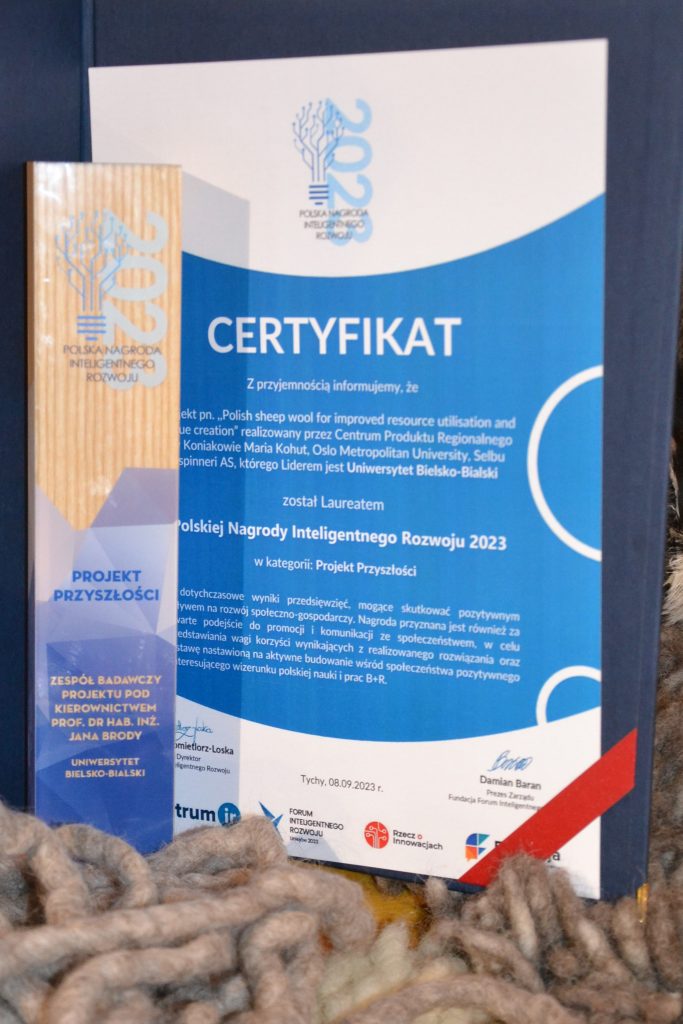Woolume coming to its voluminous end
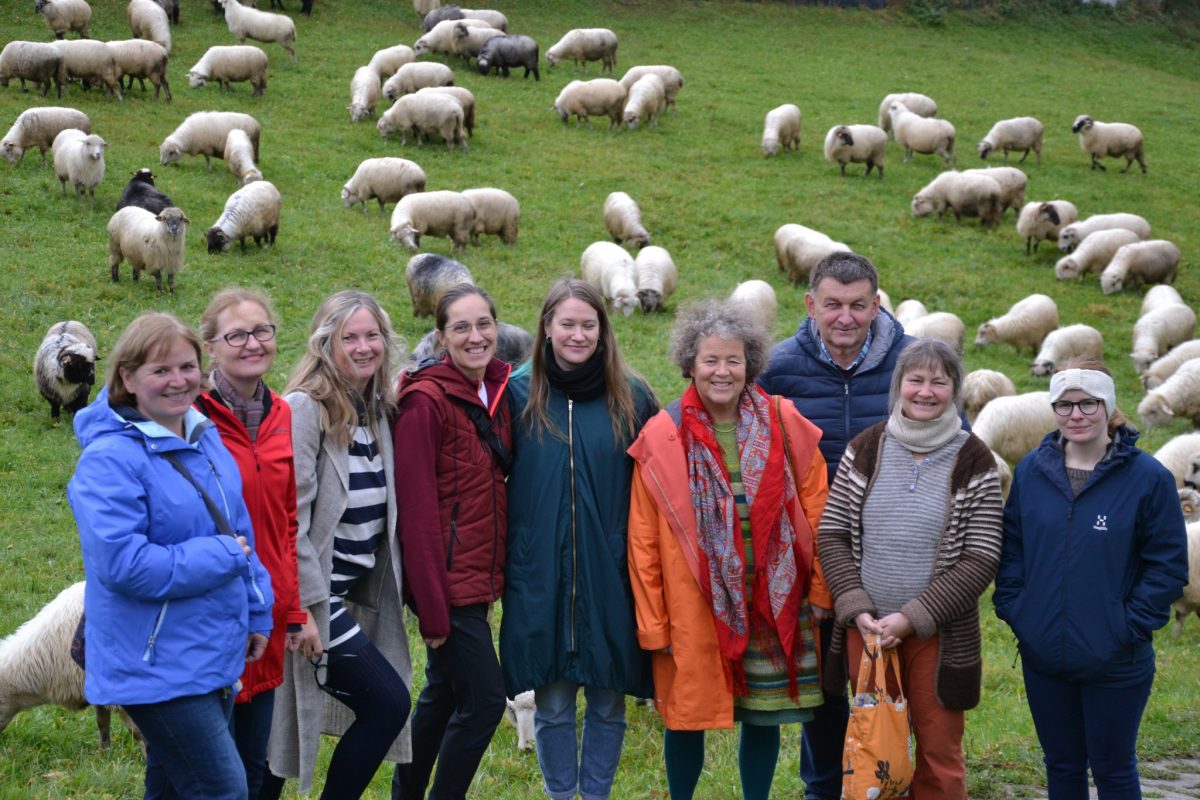
“Will I have to change my sheep?” was the first question Piotr Kohut had asked when the Center for Regional Produce in Koniaków was asked to be a partner in the Woolum bilateral project financed by Norway grants. The respect for keeping the sheep happy prevailed, and the project has amazing results, including a high-hanging award that recognized this as a ‘project for the future’.
The change from the first time the Woolume-team visited Koniaków, was marked. The products were more varied and more professionally displayed, and the optimism for the future virtually popped out of the walls. “We now know that what we have here for sale, also the wool, is 100% from our sheep. It has been a struggle, but now we are confident that we can deliver on this,” said Maria Kohut, who has been a powerhouse in the project.
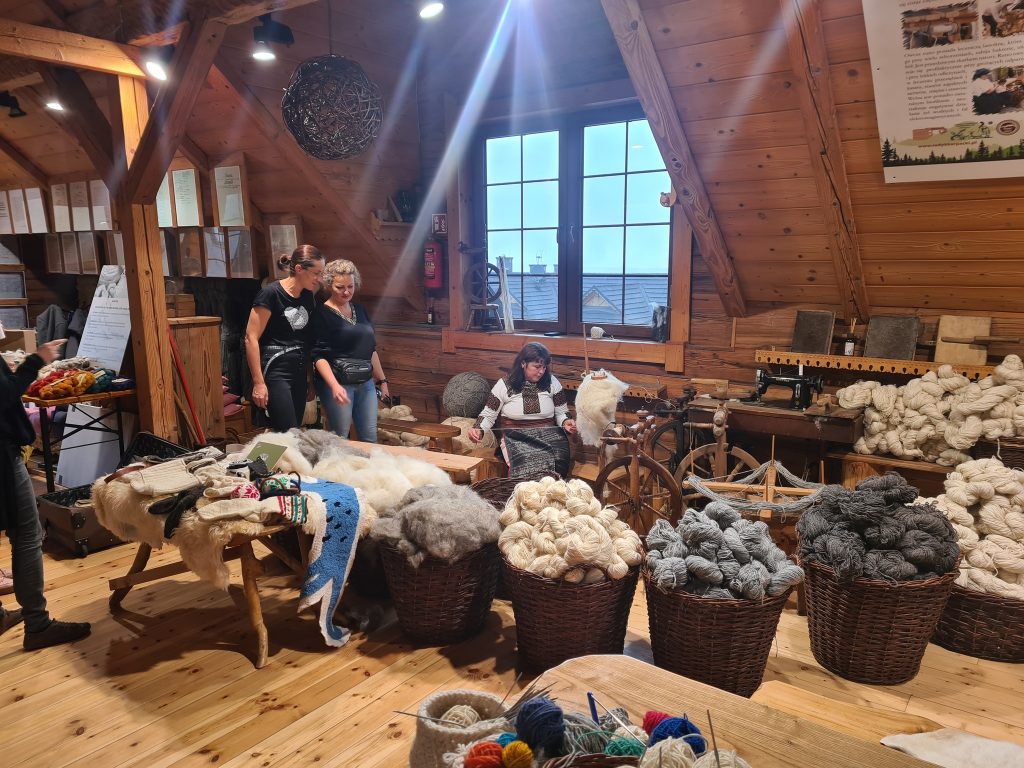
It was the Beskid mountains that was the setting for the end-seminar, and through the network of Norway-grant projects (including the Portuguese hiWool project and the Polish craft school from Zamek Cieszyn), the plus-factor of meeting across disciplines and projects was exponential. As an end-exercise for the seminar, the Norwegian partners arranged a workshop on knowledge-transfer and ways forward, which garnered enthusiasm and ideas for further projects and cooperation, also with countries that so far have not – in a wool context – been blessed with Norway grant funding. Slovakia being one and long-overdue.
There were more ‘hands-on’ workshops as well, related to the local lace-tradition that met us in every window in the small town, and even painted in large scale on house-walls. Maria Kohut’s take was to transfer this traditionally very delicate technique to wool and thus other applications.
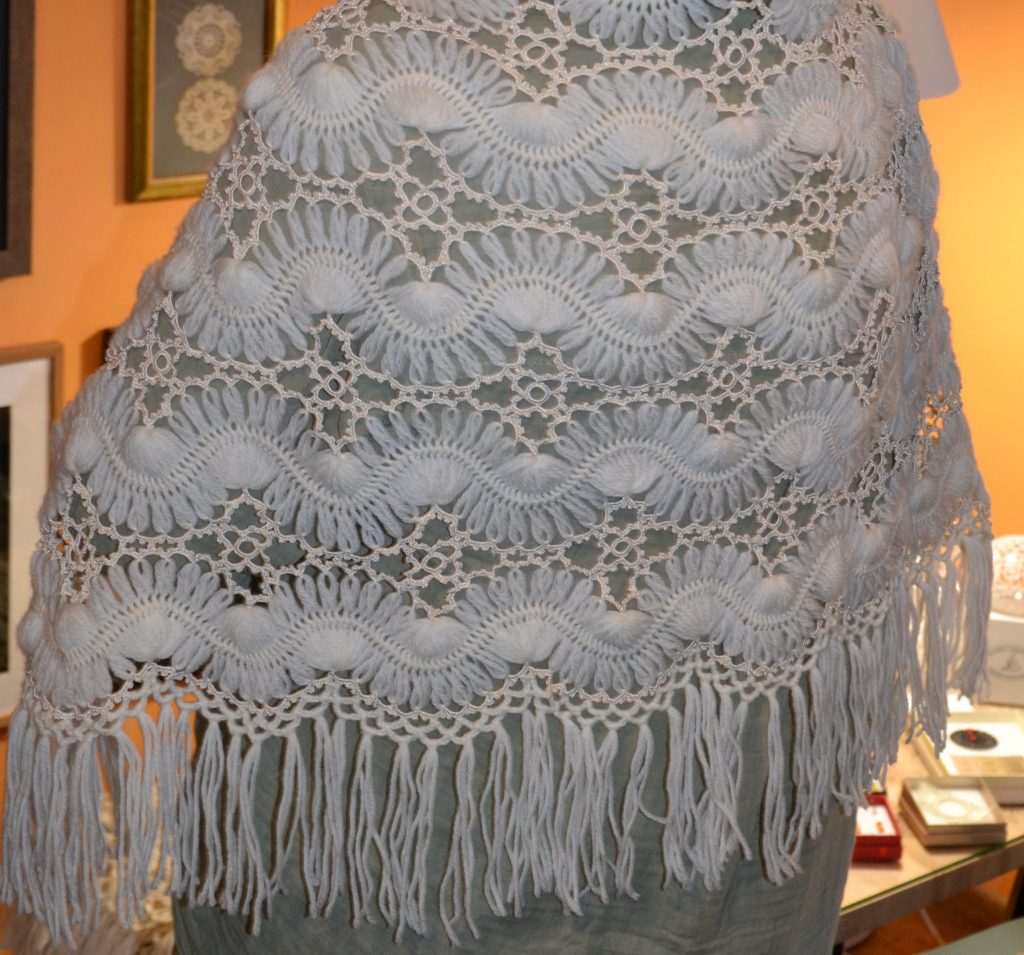
When it came to applications, though, the whole work around fertilizing the soil with wool, using wool that has no use in other areas as mats and pellets for gardens, pots, city roofs, deserted open sores in the landscape from mining – the list seemed endless and so promising that any urban planner or someone trying to restore landscapes should be inspired. A visit to a local upstart company reinforced the impression: This area for development will be a major force in the future use of problematic wool that is currently burned, including shavings from skin and leather tanning.

Using wool for its best purposes rather than manipulating the market, the breeds or other things that compromise the well-being of the sheep was a recurring theme, and a major learning point from both earlier Norwegian wool projects and Woolume. The detailed testing from the Estonian-Norwegian bilateral project underpinned this (also under Norway grants), and there is now a comprehensive database to back this on all in all six sheep breeds. Much of the research in Woolume has also centered around the ‘best use’, so these two projects have major cross-pollination.

Revisiting the whole backdrop for the Woolume project, but also the local very dense and complicated history which in the past had delivered a rich cultural and economically viable industry that had made marks internationally, brings forward a lot of things to discuss in the light of EU’s textile strategy. The tapestry of history, economy and cultural elements that have shaped this for better or worse, is further described in Local, Slow and Sustainable Fashion: Wool as a Fabric for Change.
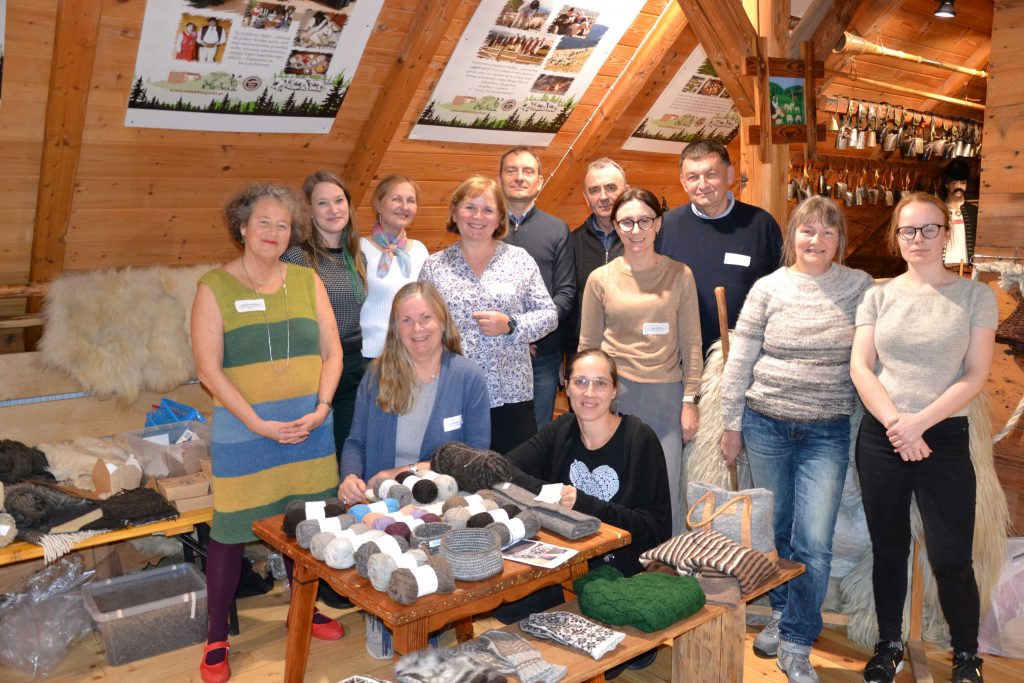
With pride, Jan Broda who has led the project successfully for three years, told the conference that Woolume has been awarded a major Laureate prize, more specifically the Polish Smart Development Award in the category “Project of the Future”, from the Polish Intelligent Development Forum Foundation, Center for Intelligent Development. This is the reason cited for the prize: “for the achievements of the project, which may result in a positive impact on social and economic development. The award is granted for an open approach to promotion and communication with society, in order to present the importance of the benefits resulting from the implemented solution, and an attitude focused on actively maintaining a positive and interesting image of Polish science and research and development works.” Bravo!
